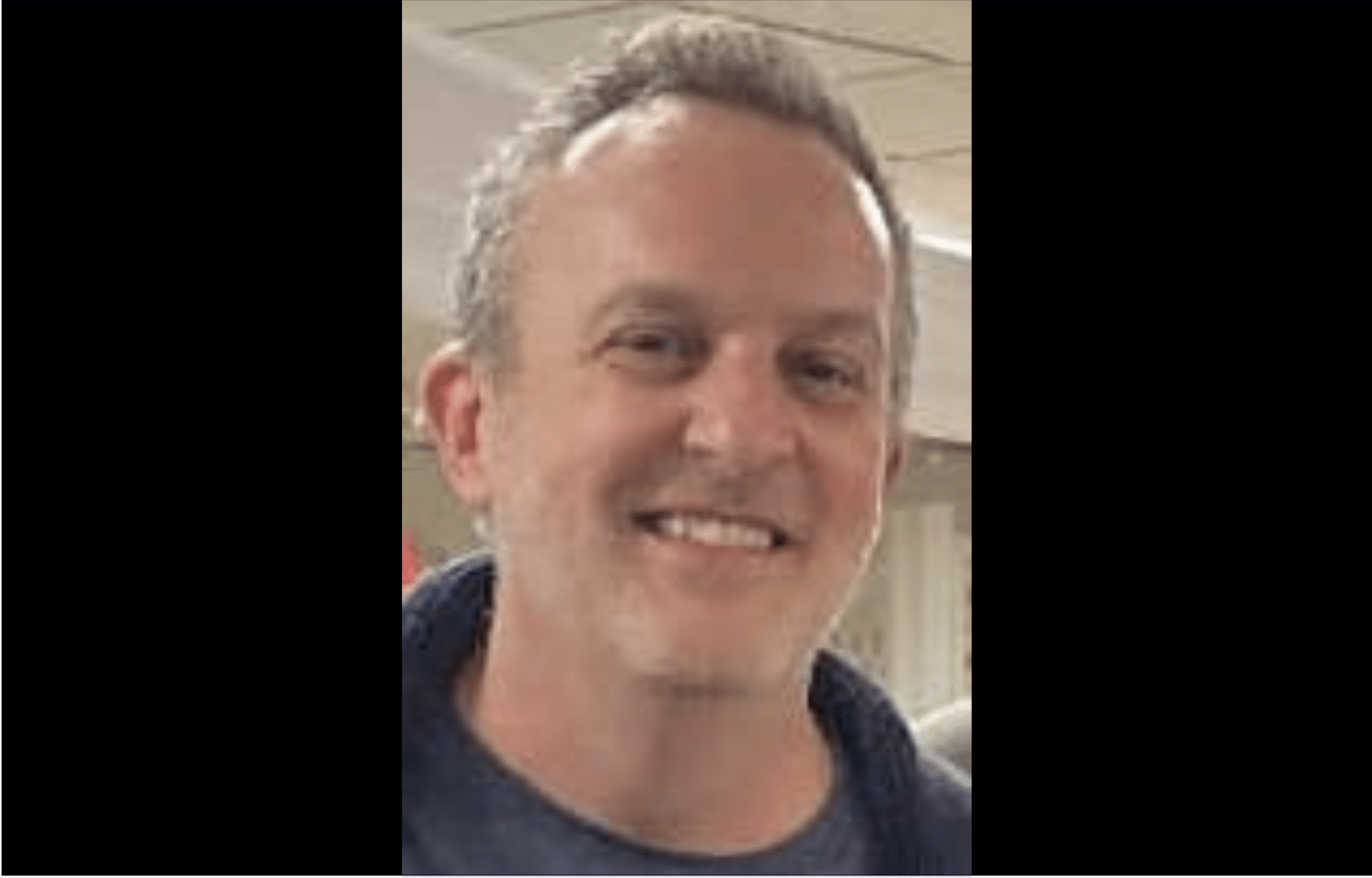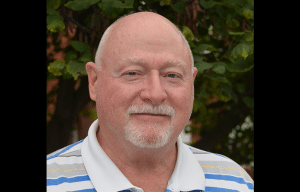Pioneers of the Illinois Frontier, part 1
by Deborah Heal
My first three novels, the “history mystery trilogy, are set in southern Illinois towns near where I was born and grew up: Equality, Miles Station/Brighton, and Alton. But I thought it was about time I wrote about Monroe County and Waterloo, my new hometown. So my latest novel, Once Again: an inspirational novel of history, mystery & romance, takes place there. My husband Bob and I have lived in rural Waterloo for a mere thirteen years, so we’re still newcomers. But we fell in love with our new hometown right off and find the region’s rich history fascinating.
And I learned a lot about that while researching for my new novel Once Again. I spent hours poring over Arrowheads to Aerojets and other reference books in Morrison Talbot Library. I read as many books about the area as I could, including Carl Baldwin’s Captains of the Wilderness and Governor John Reynold’s Pioneer History of Illinois, published in 1887. I studied the lives of many of the pioneers, including the Whitesides, the Ogles, and the four Jameses: Moore, Piggot, Lemen and Garretson (junior and senior). I discovered why they ended up on the Illinois frontier and why they had to live in blockhouse forts if they wanted to survive long enough to farm the fertile land.
And I explored local points of interest. I took the tour of Bellefontaine House and was intrigued by James Moore’s log cabin within it. I attended one of the first meetings at Sandbank School where Dennis Patton and others discussed their goal of locating Fort Piggot. And I stood on the brim of the bluffs at Eagle Cliff-Miles Cemetery and marveled at the view of the American Bottom, imagining what it must have looked like when Bluff Road was the Kaskaskia Trail and the settlers’ blockhouse forts along it were like beads on a necklace.
I read about the pioneers’ hardships, especially the Indian massacres. There was one on Andy’s Run not far from where I live. I think about it often when I drive over the bridge that spans the creek on my way to and from Waterloo. The Indians’ motives for attacking the settlers were more complicated than I first realized, and I think about that a lot, too.
These things and more ended up in Once Again. I tried to be as factually accurate as possible, but as I say in the disclaimer at the front of this book, it is a fictional work, and I took liberties a couple of times to make the story work. I want to emphasize that Walter “Odious” Ogle has absolutely no connection to any members of the very real Ogle family who used to live in Monroe county (and maybe still do, for all I know.) And unlike Professor Randall, the real-live experts are fairly certain where the various blockhouse forts were situated. Even the setting—the bluffs, the American Bottom, the towns of Waterloo and Columbia, the cemetery—have been fictionalized to one degree or another. But Once Again is definitely set in the real Monroe County, not some generic fictional location. It says so right on the back of the book:
FROM PROFESSOR RANDALL’S NOTEBOOK…
Field Research Location:
Columbia and Waterloo, Monroe County, Illinois.
Goals:
Discover where Fort Piggot was located on the Kaskaskia Trail, while staying clear of attractive, single colleagues (ie. Brett!) so as not to commit career suicide, while also keeping the “rewinding time” program secret, so Uncle Sam doesn’t turn into Big Brother.
Merrideth Randall’s day job is teaching history at McKendree College. But after hours she turns to her first love, historical research. And she has a tool other historians can only dream of—a computer program that rewinds time!
Merrideth makes a virtual visit to the 1780s, hoping to be the first to locate Fort Piggot. Along the way, she gets a first-hand look at the lives of the courageous pioneers of the Illinois Country, who withstood Indian attacks, hardship, and loneliness to settle the rich land.
One of the settlers is James Garretson, who risks his life to take the Gospel to the very tribe that wreaked havoc on his family. Merrideth is amazed that he could forgive a crime so huge. Hero or fool, James Garretson is the ancestor of her colleague Brett, a physics professor at McKendree College.
With her findings, Merrideth is able to help Brett with his genealogy, but she can’t tell him everything she learned—like that he inherited his black hair and green eyes from James Garretson, or that his aunt’s poetry is eerily similar to the verse Garretson’s wife Isabelle used to compose at her spinning wheel.
Brett has rock-star status on campus, but amazingly enough, he seems to be pursuing Merrideth—in spite of her firm policy against dating co-workers. She would love to tell him about her amazing program, but discretion is not his strong suit. She has secrets about herself that she’d just as soon he didn’t find out either. One virtue Brett does have is patience, and he’s quite willing to wait for Merrideth to figure things out.
In doing the research for Once Again, I solved a “history mystery” of my own. I say this with humility because I’m not a historian, only a lover of history, and my findings contradict John Reynold’s history book. I will discuss what I discovered in part III.
Heal’s historical novels are available on Amazon.com in paperback and Kindle. Learn more about the history behind the books on her website: www.deborahheal.com





